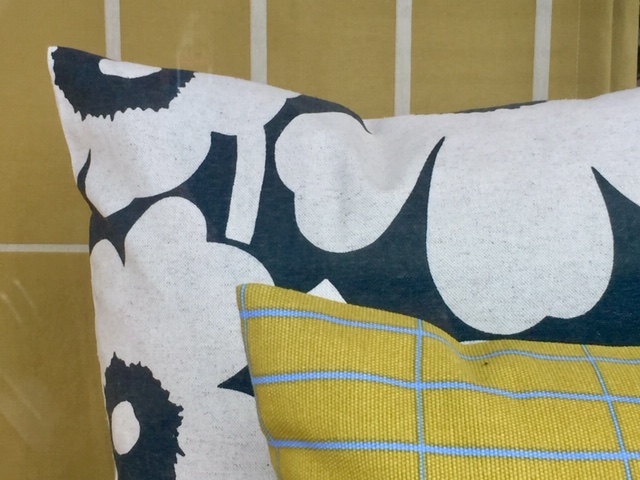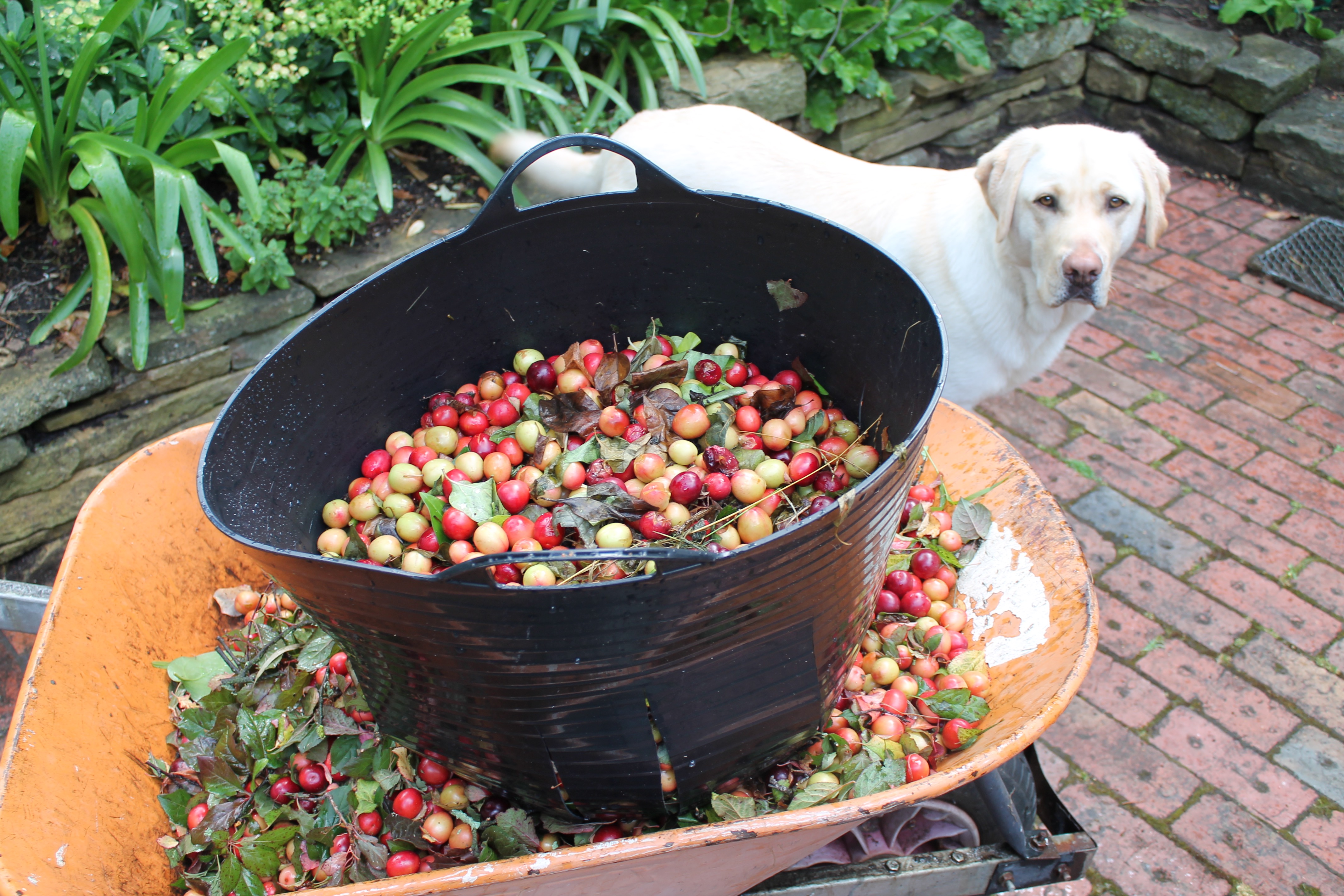going marimekko

Sometimes I wonder whether I didn’t spend the first half of my life making sure that I wouldn’t turn into my mother, and the second half noticing all the ways that I have.
There is a photo of my mother that is stuck to the inside of my study cupboard door. She is standing on the beach, wearing bathers and a straw hat. Over her bathers, she is wearing an oversized men’s shirt, one of those grandfather ones with a detachable collar. On her white shirt, there are large acrylic coloured spots hand-painted on to it. Twenty-five years ago, this photo fell out of an airletter that Mum sent me when I was living in London. So I never saw her wearing her spotty shirt. The day this photo slid from the envelope, a wintry afternoon in January, my first thought was that Mum was trying to look younger in a trendy shirt. Whereas today, as a mother to kids in their early 20s, I look at this photo and think to myself, ‘Good for you, Mum, for wearing such a bold shirt, and for finding your own style in clothing.
These days, when I hit the beach, I prefer not to draw attention to myself with loud colours. I anyway wear a wetsuit when I surf, itself a form of camouflage. No, my kinship with my mother’s taste shows up in other ways. Mum had four daughters – I was the third – and, growing up, we all voiced opinions on what she wore. Rarely could she put on a new item of clothing without it drawing a comment from one of us. Eventually, she became so sensitive to our comments that she lost confidence in her taste in clothes, something she only regained after her daughters left home. Hence her spotty shirt over bathers.
Lately I’ve noticed that whenever I wear something new or different, one of my kids, both in their early 20s, will make a quip. Other times their eyes will express what they’ve decided not to say aloud. I used to struggle with this. Some days I still do. However, I’ve come to realise that what my kids want most from what I wear is that it doesn’t make me stand out. They want me to blend in, to not draw attention to myself – not to wear a spotty shirt just to please myself.
Marimekko is a Finnish design label that was big, the world over, in the 70s and 80s. And it was a firm favourite of my mother. A quintessential Marimekko design is based on bold flower shapes, which is perhaps what first drew Mum to it. Growing up, I didn’t share her love of these bold designs, with their minimal shapes and bright contrasting colours. I just didn’t get it. I understood that Mum had moved on from stripes, gingham and chintz, but that was as far as my interest in her love of all things Marimekko went.
Until, a few years ago, I found myself gazing through the window of a stylish local design store and fantasising about filling my home with bold Finnish design, of Marimekko daring. This, of course, will never happen. Marimekko – especially since the label was successfully reinvented – is pricey. Besides, my husband doesn’t like it, doesn’t get it. Even so, this doesn’t stop me from entertaining fantasies of how I’d use Marimekko in my home, should I ever get the chance.
The moment I accepted that I’d turned full circle, and had met my mother head on, was when I recognised my infatuation with Marimekko for what it was, a link to childhood. There is something else that highlights the aesthetic DNA that I share with my mother, which is my growing passion for flowers. Living in London, during my 20s and 30s, flowers were a luxury. With just a windowbox in my flat, flowers weren’t part of my daily life. Cut flowers were a treat – wrapped in cellophane and shipped from somewhere else. They were an indulgence for after the groceries were bought. Just seeing a bunch of flowers at a friend’s place was to suggest that someone was having a birthday.
Only in the last few years, now that my kids are less demanding and I have a big garden, has my love of flowers blossomed. When I walk my dog round local streets, I peer into other people’s gardens. I make mental notes of particular plants and notice where they grow best. I may even steal an overhanging bloom to put in a glass in the kitchen, to draw last thing at night. Flowers interest me, they fascinate me. They enrich my daily life. They have a life of their own, inside of me.
My mother was an exceptional gardener, in a way I’ll never be. Even so, you don’t have to be a family genealogist to realise that the seed of my love of flowers, and of Marimekko, was sown in childhood. Mum died a few years ago now. So it’s a bit late for me to thank her for passing on to me her love of flowers and of Marimekko. Then again, perhaps it’s never too late to say thank you.

